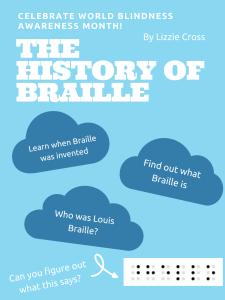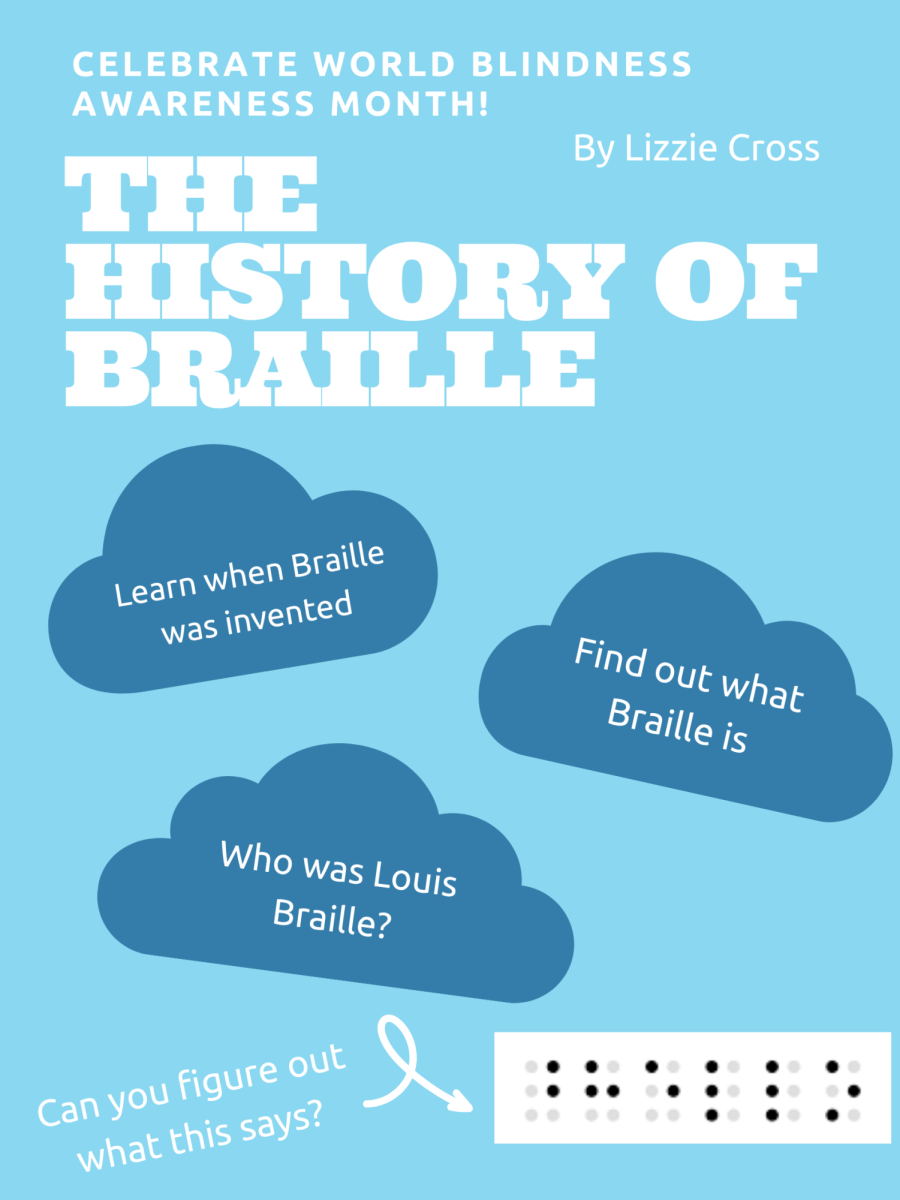Children’s media tends to connote bright colors, fantastical characters, and happy endings. However, The Giving Tree portrays its lessons in a more unconventional manner. Shel Silverstein, the author of The Giving Tree in 1964, believed that happy endings gave children a sense of alienation and a false sense of reality. Instead, he covers mature themes such as maternal sacrifice, emotional dependence, and egocentrism. Although these are important topics for children to understand, they are not typical messages for children’s media to include.
Most parents make immense sacrifices for their children that we, as children, cannot comprehend. Silverstein expresses this in the interactions between The Tree, acting as the mother, and The Boy, acting as the child. A mother’s instinct is to provide for her children and that is what we see the Tree do repeatedly, as seen in the excerpt, “And so the boy cut down her trunk and made a boat and sailed away. And the tree was happy…but not really.” (Silverstein 1964). The excerpt shows how much The Tree gave and how it affected her. In the end, The Tree gave up everything so that The Boy could be content, leaving herself as nothing more than a mere stump. This is what many parents do to themselves for the sake of their children’s happiness.
The Tree maintained The Boy’s financial dependence on her by generously giving everything she had to offer so The Boy would continue to return; this behavior was repeated until she was reduced to a stump. This may have been due to the Tree’s emotional dependence on The Boy. Emotional dependence is defined by psychologist Annique Clopon as someone who experiences “… a great lack of self-control and feel great discomfort when they are not near the person they are dependent on.” The Tree craved his return because she only felt happy when The Boy was present, as was repeatedly stated in the text.
The Boy had no problems profiting off of The Tree when she offered, never acknowledging the fact that she was destroying herself for him. The Boy significantly represents the archetypal behavior of a child. Children often exhibit a trait known as egocentrism, which the Merriam-Webster dictionary describes as “Excessive interest in oneself and concern for one’s own welfare or advantage at the expense of or in disregard of others.” The Boy, demonstrating this child-like characteristic might have been so self-absorbed that he didn’t notice the damage The Tree was inflicting upon herself for his sake.
While The Giving Tree is classified as a children’s book, it challenges traditional children’s literature in its exploration of maternal sacrifice, emotional dependence, and egocentrism. The relationship between The Tree and The Boy offers a touching reflection on the various complexities of love between mothers and their children, as well as the unseen costs of selflessness in relationships.







































